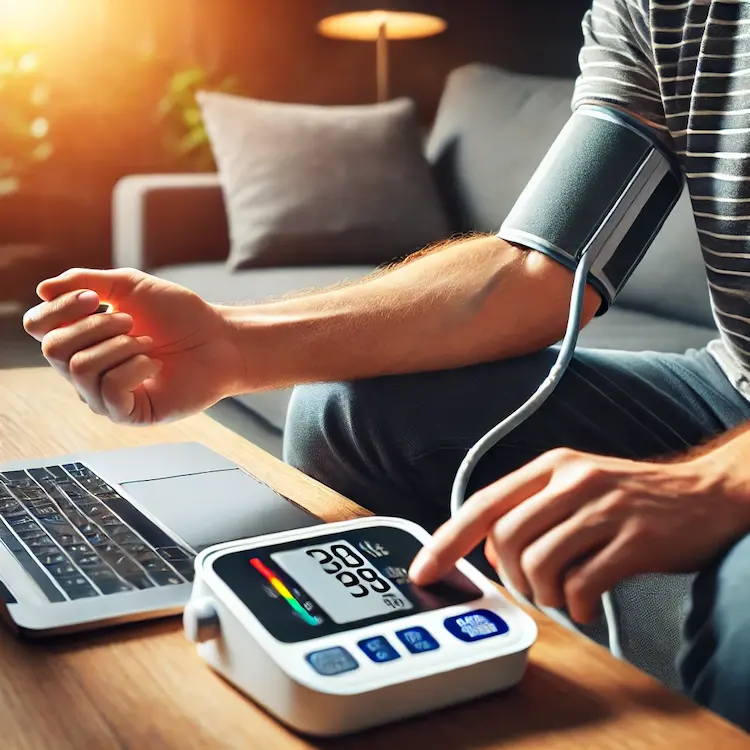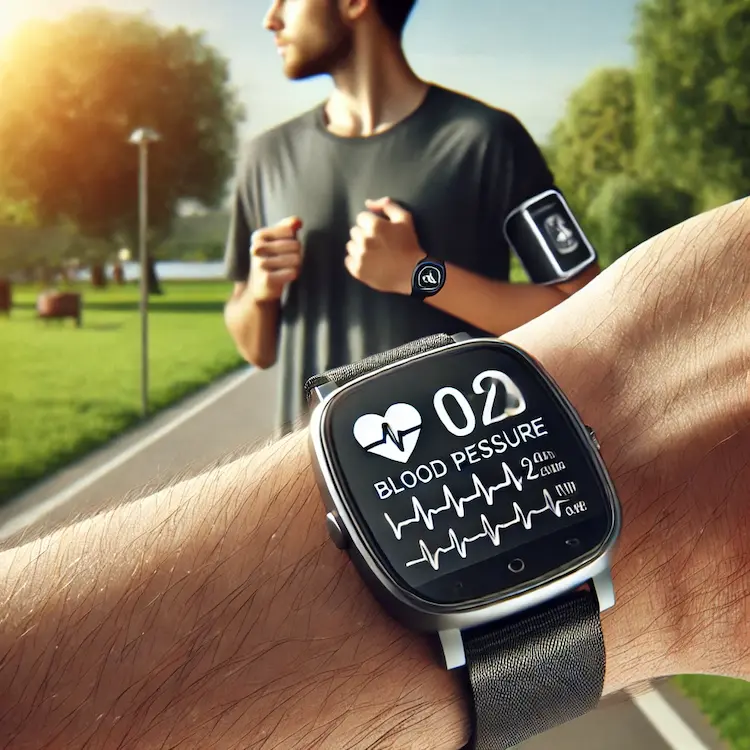Monitoring and sharing your blood pressure readings with your doctor is essential in maintaining overall health and preventing serious medical conditions. Blood pressure is a vital indicator of cardiovascular health, and consistently sharing your readings helps your healthcare provider assess your condition, track treatment progress, and adjust care strategies as needed. This article will provide a comprehensive explanation of why it’s important to share your blood pressure readings, the methods and tools available for monitoring, and practical tips for effectively communicating these readings with your doctor.
1. Preventing Complications: High blood pressure, also known as hypertension, can cause serious complications such as heart disease, stroke, kidney failure, and eye damage. By consistently tracking and sharing your blood pressure readings, your doctor can catch abnormal readings early and intervene before these complications arise. Early intervention can be the difference between preventing damage and experiencing severe health issues.
2. Monitoring Treatment Effectiveness: If you are already on medication or other treatments for hypertension, sharing your blood pressure readings with your doctor allows them to monitor how well your treatment plan is working. It helps to identify whether your blood pressure is well-controlled or if medication adjustments are necessary. This is vital for keeping blood pressure within a healthy range, thus reducing the risk of cardiovascular events.
3. Personalizing Care Plans: Every person responds to treatments differently, and your doctor needs up-to-date information to create a personalized care plan. Regular updates on your blood pressure help your healthcare provider fine-tune your treatment, ensuring it is tailored to your specific health needs and lifestyle.
There are several methods available for monitoring and sharing blood pressure readings, each with its unique advantages. Understanding these methods and selecting the most appropriate one for you can make managing blood pressure easier and more effective.
Overview: Home blood pressure monitors are widely available and easy to use. These devices allow individuals to check their blood pressure in the comfort of their homes and track trends over time.
Pros:
Cons:
Best Practices:

Overview: Many mobile apps sync with wearable devices or home monitors to record and store blood pressure data. These apps often offer features such as trend analysis and reminders for regular monitoring.
Pros:
Cons:
Best Practices:
Overview: Wearable devices such as smartwatches with blood pressure monitoring capabilities are becoming increasingly popular. These devices can track blood pressure continuously or at set intervals and provide real-time data to both the user and their doctor.
Pros:
Cons:
Best Practices:
1. Sharing Regular Data: One of the most effective ways to communicate your blood pressure readings is by consistently sharing them with your doctor. This can be done via physical reports or electronically through apps or email. Regardless of the method, providing regular updates helps your doctor evaluate the trends and make adjustments to your treatment plan.
2. Discussing Abnormal Readings: If you notice any abnormal readings, it is important to communicate these to your doctor immediately. A single high reading may not be cause for concern, but consistently high readings should be addressed. Your doctor may ask you to monitor your blood pressure more frequently or may recommend additional testing to rule out underlying conditions.
3. Tracking Lifestyle Changes: Blood pressure can be significantly affected by lifestyle factors such as diet, exercise, and stress levels. Keeping track of these changes and sharing them with your doctor can provide valuable context for understanding blood pressure trends. For example, if you started a new exercise regimen and notice a drop in blood pressure, this could be useful information for your doctor.

Sharing your blood pressure readings with your doctor is a crucial component of managing your health. Regular monitoring allows you and your healthcare provider to detect any abnormalities, track treatment effectiveness, and make necessary adjustments to improve your cardiovascular health. By utilizing modern tools such as home monitors, mobile apps, and wearable devices, you can stay on top of your health and empower both yourself and your doctor to make informed decisions.